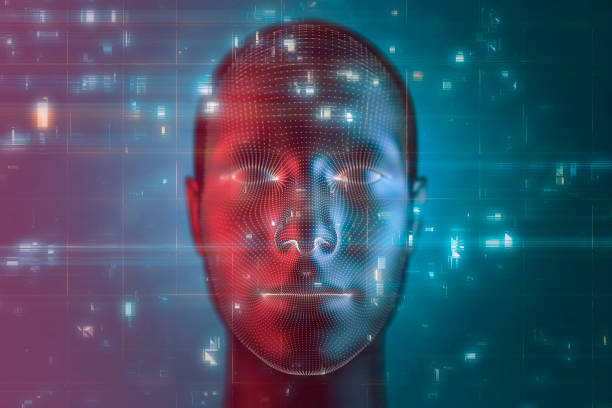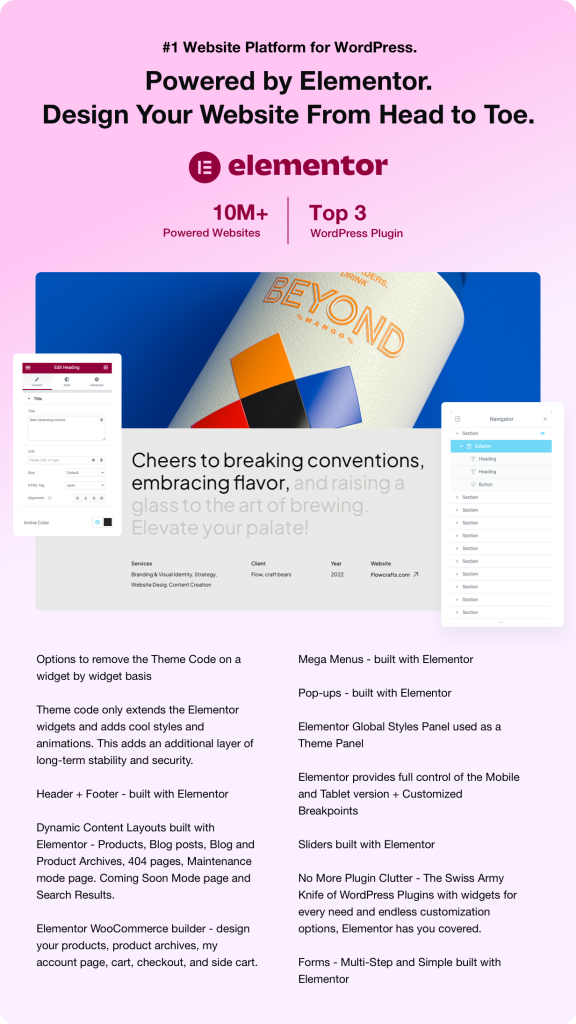In recent years, the rapid advancement of technology has paved the way for innovative solutions focused on optimizing processes across various sectors. One of the standout developments in this context is the AI Operating System (AIOS), a framework designed to harness the full potential of Artificial Intelligence, Machine Learning, and the Internet of Things (IoT). AIOS has emerged as a transformative force, providing applications in IoT, education technology, and refining machine learning models. This article explores the various applications and implications of AIOS and its intersections with different industries.
.
**AIOS for IoT: Bridging the Gap between Devices and Intelligence**
AIOS provides a cohesive environment for managing the vast connected devices within the IoT ecosystem, making it a critical component for real-time data processing and decision-making. The integration of AIOS into IoT applications enables smarter and more robust solutions, allowing for enhanced efficiency in sectors such as manufacturing, healthcare, and smart cities.
.
In manufacturing, AIOS facilitates predictive maintenance, where machine learning algorithms analyze data in real-time to predict equipment failures before they occur. By doing so, companies can reduce downtime and maintain production efficiency, leading to substantial cost savings. A report from McKinsey highlights that IoT and AI integration can drive productivity improvements of up to 20% in manufacturing sectors.
.
In healthcare, the convergence of AIOS and IoT paves the way for more personalized and proactive patient care. Wearable devices can continuously monitor vital signs, and AIOS can process this data to provide healthcare professionals with actionable insights, ultimately resulting in better patient outcomes. For instance, AI-driven analytics platforms can assist in early disease detection by identifying patterns that human analysts may overlook.
.
Smart cities are another significant arena where AIOS for IoT can create vast improvements. AIOS can analyze traffic flow, control public transport systems, and optimize energy usage across buildings in urban areas. For example, Siemens’ smart infrastructure solutions combined with AIOS create energy-efficient buildings that adjust their power consumption based on real-time data, vastly improving sustainability efforts and reducing carbon footprints.
.
**AIOS for Education Technology: Revolutionizing Learning Experiences**
As educational institutions continue to adapt to the demands of a digital-first world, AIOS is gradually finding its footing as a powerful tool within the education technology sector. Its capabilities enhance learning experiences through personalized education paths, efficient administrative processes, and improved engagement.
.
Personalized learning is one of the standout features that AIOS brings to education technology. By utilizing machine learning algorithms, AIOS can analyze student performance data to customize lesson plans that cater to individual learning paces and styles. EdTech platforms like DreamBox Learning use adaptive learning technology that is driven by AIOS to assess students in real-time, allowing curricula to evolve based on their specific abilities and needs.
.
Moreover, AIOS significantly reduces administrative burdens through automation. Tasks such as grading assignments and tracking attendance are becoming automated processes powered by AIOS, freeing teachers to focus more on instructional time rather than on the administrative aspects of education. For example, platforms like Gradescope use AI-driven systems to streamline grading, providing educators with time back to dedicate to curriculum development and student interaction.
.
Engagement is another critical area where AIOS enhances educational delivery. Interactive learning tools powered by AIOS can create immersive environments for students. This represents a shift away from traditional lecture-based learning models towards more engaging and participatory modes. Companies like Classcraft use game-based learning strategies integrated with AIOS to motivate students and foster collaboration in learning.
.
**Machine Learning Models in AIOS: Optimizing Efficiency and Accuracy**
At the core of AIOS lies the capability to create and deploy machine learning models that power various applications across sectors. The significance of these models cannot be overstated, as they drive data insights and enable automated decision-making processes.
.
Machine learning models within AIOS can be fine-tuned for optimal performance through a systematic approach known as data modeling. This process involves gathering training data, defining algorithms, and evaluating the model’s performance based on accuracy and efficiency. As organizations become increasingly data-driven, the ability to use ML models for operational intelligence is essential.
.
For instance, in financial services, institutions are employing ML models to detect fraudulent activities. AIOS can process vast amounts of transaction data and identify anomalies that may very well indicate malicious intent. A study from the International Journal of Information Management found that financial institutions that implemented AI-driven models reported a 30% rise in fraud detection rates.
.
In supply chain management, machine learning models powered by AIOS optimize inventory levels and demand forecasting. By analyzing patterns from historical data, AIOS can suggest reordering times and quantities, effectively reducing waste and ensuring that businesses only stock what they need. An Accenture report indicates that companies leveraging AI in supply chain management could achieve up to a 50% increase in demand forecasting accuracy.
.
Moreover, marketing analytics benefit greatly from ML models in AIOS. By monitoring consumer behavior and preferences through data gathered from various platforms, businesses can make data-driven decisions about campaigns. For example, companies like HubSpot utilize AI-powered features that suggest content strategies and marketing optimizations based on previous successful trends and consumer interactions.
.
**Conclusion: Embracing the Future with AIOS**
In summary, the emergence of AIOS is redefining industry paradigms across sectors, demonstrating substantial advancements in IoT, education technology, and the deployment of machine learning models. By leveraging AIOS, organizations stand to gain significant efficiency, cost savings, and enhanced experiences for users.
.
As we move forward in an increasingly interconnected world, the importance of AIOS will likely continue to grow, embracing new technologies and methodologies that further deepen its transformative potential. Staying abreast of developments in AIOS will not only be advantageous but essential for entities seeking to navigate the complexities of the modern technological landscape. Organizations that embrace this forward-thinking approach are bound to lead in innovation and operational excellence.
.
**Sources:**
1. McKinsey & Company. “The Internet of Things: A new avenue to productivity.”
2. International Journal of Information Management. “AI-Driven Fraud Detection in Finance.”
3. Accenture. “AI in Supply Chain Management.”
4. HubSpot. “Leveraging Artificial Intelligence in Marketing Analytics.”
5. Siemens. “Building Technologies—Energy-efficient Smart Buildings.”
**By continuing to explore the possibilities that AIOS creates across these diverse fields, we can unlock new avenues for growth and development, enhancing both individual and organizational potential in the age of intelligence.**





















